Starting this week, at the ‘SharePoint Conference 2012’, we have released new versions of the Microsoft Tools for developing Apps for SharePoint 2013 and Office 2013.
This is a summary that I created about it.
What are ‘apps’ for Office and SharePoint?
Apps for Office and SharePoint are based on a new application model which shares a common approach for extending Office and SharePoint. It brings the value of apps we know on devices to the productivity applications you use on a daily basis.
This new apps model is built on web technologies like HTML, CSS, JavaScript, REST, OData, and OAuth. If you’re a web developer, you can user your existing skills to build apps and take advantage of familiar tools, languages, and hosting services. You can deploy, update and maintain your apps faster in the cloud and finally publish and sell your apps on the Office Store, or distribute IT-approved apps within your organizations by using a corporate App catalog.
Apps for Office 2013 |
Apps for SharePoint 2013 |
Developer Tools: The power of choice!
Microsoft is thrilled to announce that development for Office and SharePoint is now more flexible than ever. Depending on your specific context and needs for your solution, you will be able to choose what better fits to you. Use “Napa” to get started with Office and SharePoint development without having to install anything onto your development machine. As your application matures or you simply want to use the full power of Visual Studio, “Napa” provides a seamless switch to Visual Studio.
Leverage the full power of Visual Studio to develop apps for Office & SharePoint with the Office Developer Tools or use the Visual Studio LightSwitch tools with HTML5 support for the easiest way to create data driven apps for SharePoint.
“Napa”
|
“Napa” is a free app for SharePoint that provides a lightweight, browser-based companion to the Visual Studio rich client and is the fastest way to get started with Office and SharePoint development without having to install anything onto your machine. “Napa” is available as part of the Office 365 Developer Site, which is available at http://dev.office.com/. “Napa” allows you to launch your browser and start coding your apps for Office and SharePoint and run them in the Office 365 Developer Site, the Office Web Apps or the Office rich client applications. As your application matures and you need more advanced tools, click the “Open in Visual Studio” button to get the latest Office Developer Tools, open a copy of that project in Visual Studio and continue developing there. |
“Napa”: Coding in the browser! |
Microsoft Office Developer Tools for Visual Studio 2012 – Preview 2
When installing these Developer Tools, it extends Visual Studio 2012 providing additional VS project templates and wizards, including LightSwitch and other traditional project templates.
Office Developer Tools for Visual Studio 2012 (Preview 2), allows you to create rich, immersive apps for Office and SharePoint, using the premiere tool for professional developers, Visual Studio 2012. These tools require Visual Studio 2012 Ultimate, Premium, or Professional.
Visual Studio projects for Office and SharePoint
|
The Office developer tools for Visual Studio 2012 allow you to create the following types of apps: · Apps for SharePoint 2013 and SharePoint Online in O365 · Apps for Office (Office 2013 | Office 365 | Project Professional 2013 | Word 2013 | Excel 2013 | PowerPoint 2013 | Outlook 2013 | Outlook Web App | Excel Web App | Exchange 2013). These tools offer new features to Visual Studio 2012, like designers, and templates to support and facilitate the development of apps for Office and SharePoint. You can create, edit, build, debug, package and publish apps for Office and SharePoint for all of the hosting models and app types. Additionally, with no local SharePoint installation in your development machine, you can use Visual Studio to develop apps for SharePoint against a remote server running SharePoint. |
Office Developer Tools for Visual Studio 2012 (Preview 2) |
Visual Studio LightSwitch
|
LightSwitch is the easiest way to create modern line of business applications for the enterprise. With the release of Microsoft Office Developer Tools for Visual Studio 2012 – Preview 2, LightSwitch offers HTML5 support for building touch-oriented business applications that run well on modern mobile devices. This preview introduces the ability for LightSwitch to create and deploy apps for SharePoint 2013 using the new apps model, providing unparalleled developer productivity for creating data-driven business applications. Publishing business applications to SharePoint 2013 gives users a central place to manage application administration and access within the enterprise, as well as the ability to build rich applications that can interact with SharePoint content and participate in business processes. |
LightSwitch: Easiest way to build Apps for SharePoint |
When to use what tool?
|
The following image shows a simplified chart which positions each tool depending on your application’s specific requirements and context in your solution, especially depending on the development complexity of your app. Note that Microsoft LightSwitch HTML Client for Visual Studio 2012 – Preview 2 supports SharePoint 2013 apps, but not Office 2013 apps. Both, “Napa” and the VS projects in Microsoft Office Developer Tools for Visual Studio 2012 – Preview 2, support Office 2013 client apps and SharePoint 2013 apps. |
Downloads
You will be able to try/download these tools from the following pages:
“Napa” – http://dev.office.com/
Microsoft Office Developer Tools for Visual Studio 2012 – Preview 2 (Includes LightSwitch)
Install it through ‘Web Platform Installer’ available at http:// http://www.microsoft.com/web/downloads/platform.aspx
or using this direct link to it: http://www.microsoft.com/web/handlers/WebPI.ashx?command=GetInstallerRedirect&appid=OfficeToolsForVS2012GA

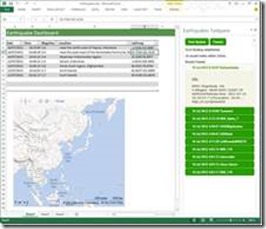
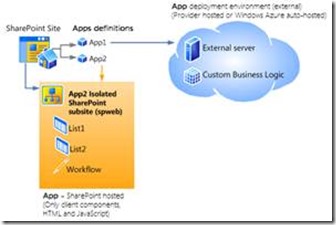
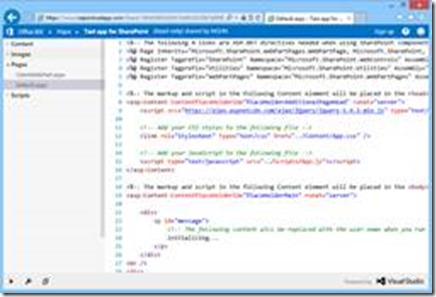
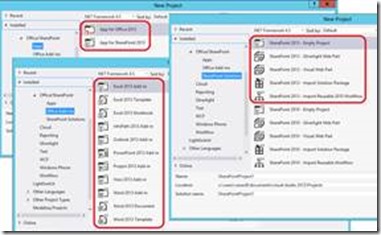
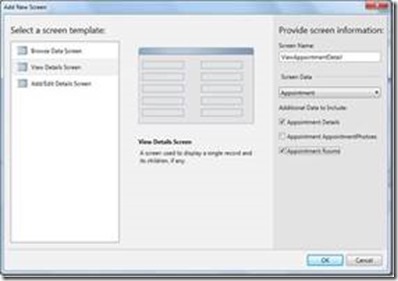
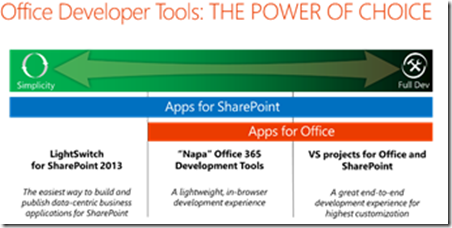
0 comments